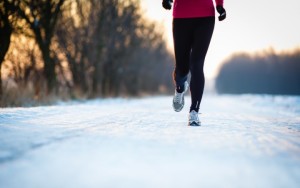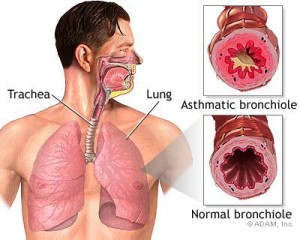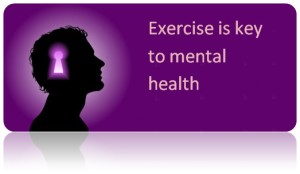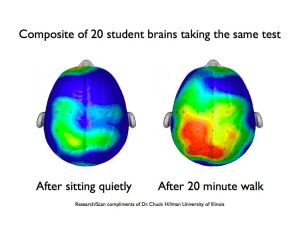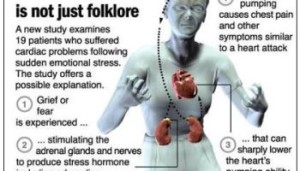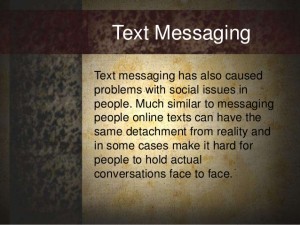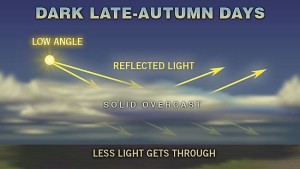Running is certainly a very healthy activity, however, there are serious health concerns linked to running. The impact that runners experienced with each stride is enough to question-are there certain surfaces that runners should avoid and other surfaces runners should try to stick to? For example, would running in the grass or sand be less of a hardship on your joints and muscles than running on asphalt or cement? Scientific evidence seems to think that no- surface does not play as much of a role in minimizing physical injuries than expected.
A journal done by scientists Elizabeth Hardin, Antonie J. Van Den Bogert and Joseph Hamill studied the effect that harder surfaces had on runners. To conduct the study the three scientists observed 12 men which ran on both hard and soft surfaces at a steady, consistent rate. The scientists were sure to keep the men running at the same pace on both surfaces in order to eliminate the potential third variable of intensity changes throughout the run. The null hypothesis of the study was that the harder surface did not have an effect on the runner’s health. The alternative hypothesis was that harder surfaces caused more health complications for runners than did soft surfaces. The experiment produced evidence which supported the alternative hypothesis. The harder surface resulted in increased surface stiffness resulted in decreased hip and knee flexion when the runners came in contact with the surface, something the soft surface did not cause. Furthermore, the runners experienced reduced maximal hip flexion while running on the harder surfaced while simultaneously experiencing increased peak angular velocities of the hip, knee, and ankle.
There are however several “z” variables that were not measured in this study. One is age, despite all 12 participants in the study being male, the study did not specify the ages of the men. As a result, it is possible that age is a factor linked to the injuries that resulted from the experiment, not the hard surfaces. Furthermore, the study did not mention whether or not the participants all had on the same type of sneaker or not. Since the study did not specify this, I would assume the participants did not have on uniform running sneakers. As a result, some of the participants would have had sneakers that had varying levels of support and cushion, affecting the health results each runner experienced. The experiment seems to have too many potential “z” variables to be confident in the results being directly linked to the hard surface.
Furthermore, Hirofumi Tanaka, an exercise psychologist at the University of Texas, preformed a meta-analysis of previous studies which claimed that soft surfaces are better for runners than hard surfaces. Tanaka claims that from his meta-analysis, he can conclude that running on soft surfaces is just as bad for runners as are hard surfaces. Tanaka made the point that running on soft surfaces can be just as detrimental, if not more detrimental, to runners as a result of the uneven surfaces of a soft surface, such as running in grass.
From the evidence presented through experimentation and meta-analysis, it seems as though there is not enough evidence to reject the null hypothesis, that the surface a runner jogs on does not affect his or her health. I was very surprised from the evidence and studies I found through my research because prior to writing the blog I had assumed that harder surfaces must be worse for physical health.
If I were to conduct an experiment to further test this theory, I would conduct a test similar to the one done by scientists Hardin, Bogert and Hamill but would be sure to better isolate the hard surface as the x variable. I would form two groups of runners of the same age, gender and race in order to keep the groups as even as possible. Furthermore, all of the runners would be wearing the same type of running shoe in order to maintain consistency in cushion within the shoe. The first group would run a mile only on soft surfaces, such as grass or sand, while the second group would run a mile on hard surfaces, such as cement or asphalt. Both groups would have to maintain the same pace as the counter group in order to ensure the same amounts of intensity put into each run. I think this would be a better conducted study that would eliminate some of the unsure “z” variables found in the original study.
While running is a great past time, workout and stress reliever, it is important to be aware of some of the negative side effects running can cause. A healthier alternative to running would be the elliptical which is something to consider for those of you who run everyday!







